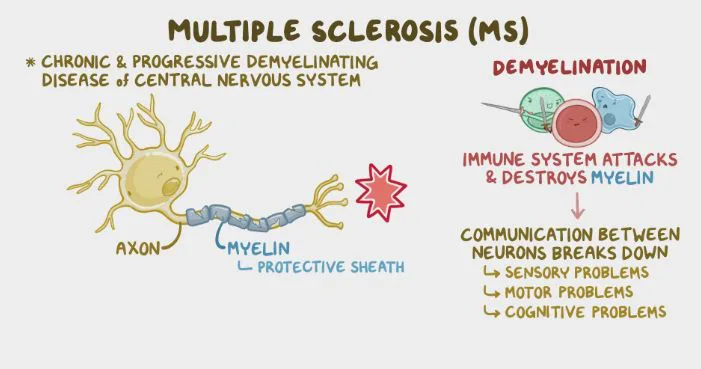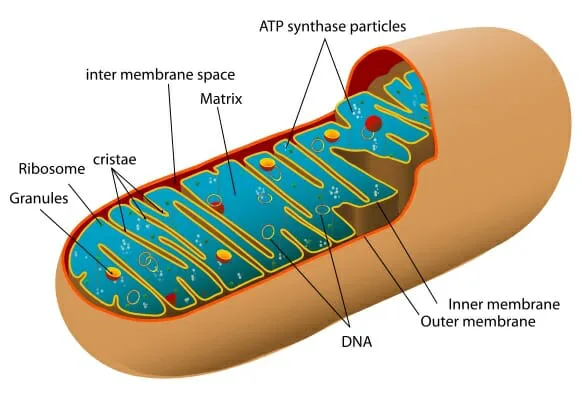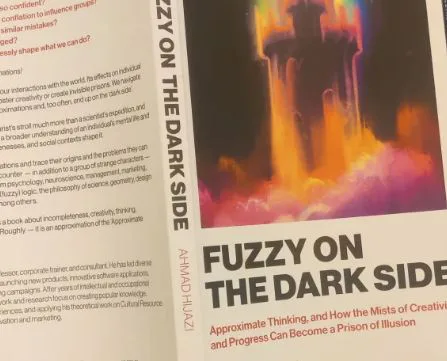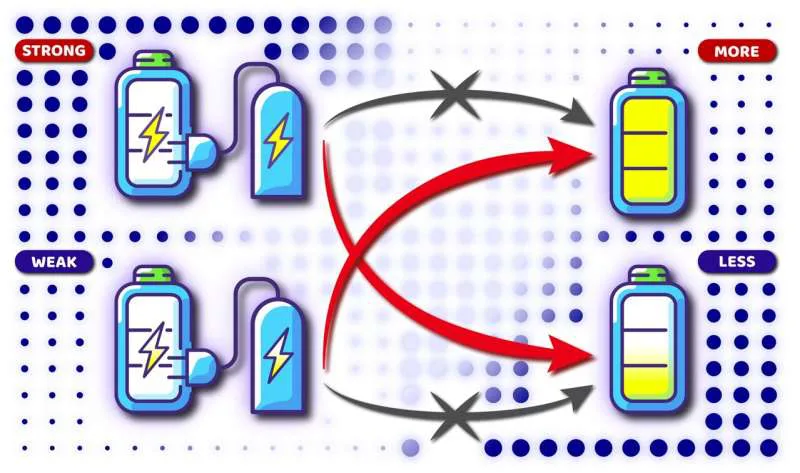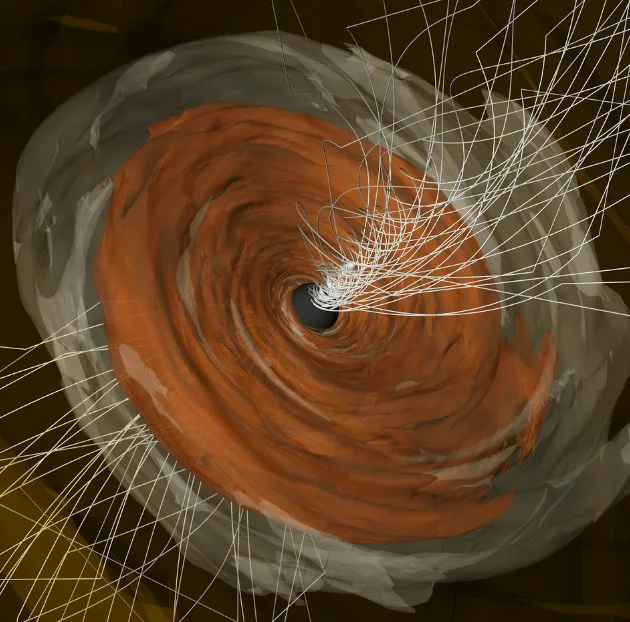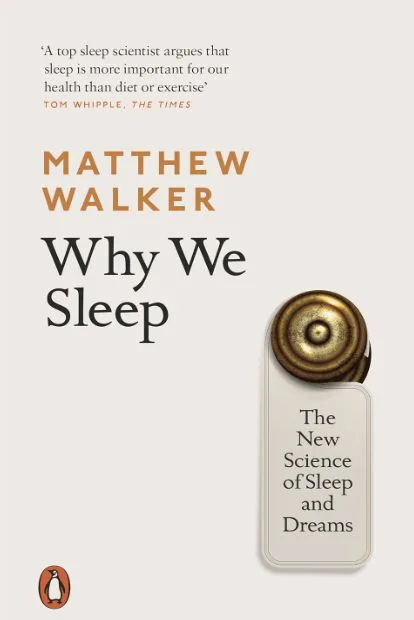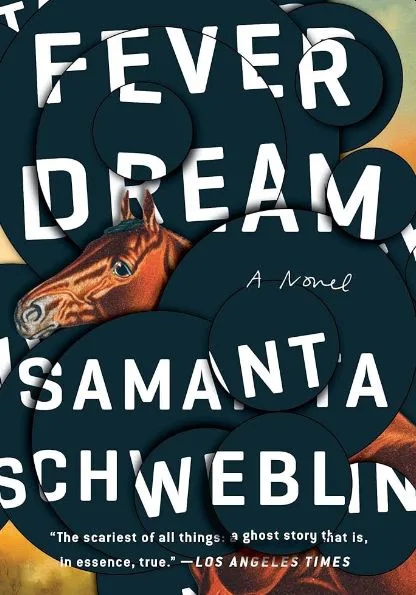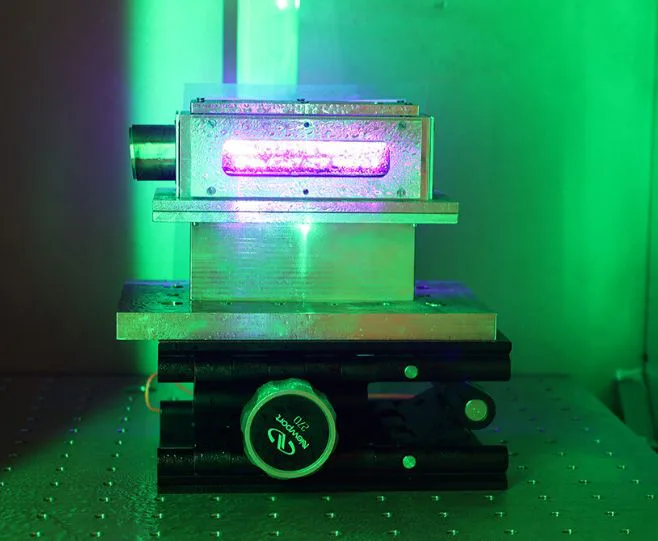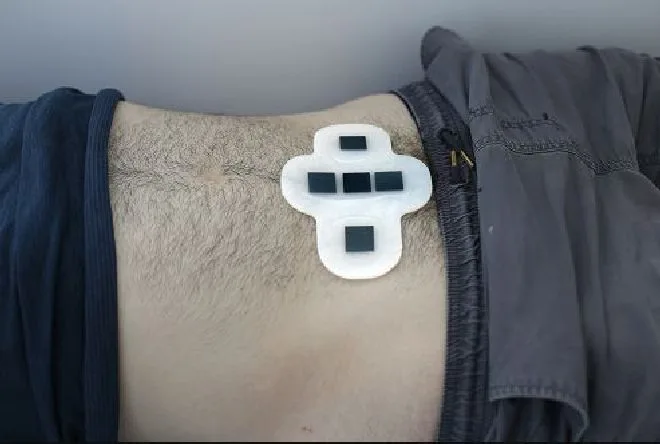“True Hallucinations: Being an Account of the Author’s Extraordinary Adventures in the Devil’s Paradise” is a book written by Terence McKenna. It was first published in 1989. In this book, McKenna recounts his experiences with psychedelic substances, particularly during his time spent in the Amazon rainforest with his brother Dennis McKenna and a small group of others.
Search Results for: brain
MK03: Key Player in Multiple Sclerosis Pathway
To achieve a holistic understanding of multiple sclerosis, an international team of scientists led by the Department of Medicine and Life Sciences (MELIS) at Pompeu Fabra University, has devised a computational biology instrument. This innovation also holds potential for probing into other intricate illnesses, like various forms of dementia. Understanding multiple sclerosis is not that easy. It’s an autoimmune condition. In such a situation, the immune system mistakenly attacks the brain and spinal cord. Gaining insights as to why it happens is slightly tricky, as it involves everything, from genes…
Mitochondrial Energy Crisis: Unraveling the Alzheimer’s Puzzle
Brain cells crave immense energy to survive and communicate through connections known as synapses. These cells are like energy enthusiasts, which are busy in making way through synapses. But, in the Alzheimer’s scenario, it’s like they’re facing an energy crisis. This messes up their power production. And so, it leads to crumbling down of the synapses and consequently, our fresh memories slowly slip away.
Cosmic Conundrum in the Milky Way: Lightest Black Hole or Heaviest Neutron Star
Exciting news from the cosmos! Astronomers from around the world, including the brains at The University of Manchester and the Max Planck Institute for Radio Astronomy in Germany, have stumbled upon an unknown object in the Milky Way. The newly discovered object is heavier than the heaviest neutron stars we know. And lighter than the lightest black holes we’ve seen. The team used the MeerKAT Radio Telescope, to spot this mysterious object. This celestial entity is in orbit around a high-speed millisecond pulsar, situated around 40,000 light years away in…
Book Review: Notes from Underground by Fyodor Dostoevsky
Fyodor Dostoevsky released “Notes from the Underground” in 1864. It stands out as a significant piece of existentialist literature. The work delves into the complexities of human nature and societal constraints, offering a reflection on the necessity of individual freedom for a meaningful and authentic existence.
Book Review: Fuzzy on the Dark Side by Ahmad Hijazi
Fuzzy on the Dark Side: Approximate Thinking, and How the Mists of Creativity and Progress Can Become a Prison of Illusion by Ahmad Hijazi unravel the fascinating world of thinking on the fly. The author here explores, the idea of “Approximate Thinking”. I received a copy from Collective Ink. And this is my honest book review.
Firefighters of the Future: The ‘Flying Dragon’ Robot
How about a dragon flying around, but get this – not spitting out fire, but actually putting out flames with water! Japanese researchers are up with concretizing this cool idea. Thinking of firefighting dragon as blasting water on out-of-control fires, these scientists are working on a dragon buddy, which someday would join firefighting teams worldwide. It’s like a mix of myth and modern-day firefighting.
Is Algae the Next Green Protein Alternative?
Discover a green protein alternative – algae. Forget meat, researcher says algae is the new and eco-friendly protein that we’ve been ignoring so far. The University of Exeter just dropped a study in The Journal of Nutrition. The research demonstrates that two everyday algal species are protein powerhouses. And so, ingestion of those can help young as well as healthy adults remodel their muscles.
Cosmic Recycling: NASA’s Discards Turned into Futuristic Nanomaterials
Sussex researchers just unveiled the game-changing power of Martian nanomaterials! Dr. Conor Boland, the materials physics maestro at Sussex, along with his team investigated the potential of nanomaterials. These materials are smaller than a human hair for Mars’s sustainable future. The same tech rocking the International Space Station and NASA’s playbook might be Mars’s ticket to eco-friendly living.
Battery Technology: Charging into the Future with Indefinite Causal Order
Whenever we talk about “quantum”, we immediately think about quantum computers. But guess what? There’s more cool stuff in the quantum world, like these things called quantum batteries. Although, it sounds a bit puzzling but once its out of lab, it could totally shake things up especially for sustainable energy. And might even power future electric rides.
M87 Black Hole Unveils Magnetic Brilliance in Spiraling Light
In 2019, the Event Horizon Telescope (EHT) unveiled the first-ever images of M87. It was a mind-blowing moment for astronomy. M87 is a supermassive black hole at the center of the galaxy Messier 87. The EHT dropped the first snapshots of M87. It was like getting an up-close look at a supermassive black hole for the first time ever!
Book Review: Why We Sleep by Matthew Walker
Just wrapped up the audio version of “Why We Sleep: Unlocking the Power of Sleep and Dreams” yesterday, and let me tell you, it’s pretty intriguing. Matthew Walker, the neuroscientist and sleep guru behind it, dives deep into the significance of sleep and dreaming. The book was first published in 2017.
Book Review: Fever Dream by Samanta Schweblin
Just wrapped up with “Fever Dream”, the shortest one (120 pages) I’ve picked up in a while. However, it is real rollercoaster ride. The book is written by Samanta Schweblin. Born in 1978, Schweblin is an Argentine author. Through her psychological thriller novel “Fever Dream” (“Distancia de Rescate” in Spanish), she gained global recognition. Additionally, this book was shortlisted for the Man Booker International Prize in 2017.
Compact Accelerator Tech Surpasses Energy Milestone
Particle accelerators are nothing less than super heroes! They rock the world of semiconductors, medical magic, and all kinds of cool research including materials, energy, medicine etc. The only down side of this tech is, they require huge space, like kilometers of it. This makes them super pricey and time consuming of course.
Wearable Ultrasound Patch for Real-Time Monitoring
Researchers at MIT have developed a wearable ultrasound patch that images organs without requiring an operator or gel. The team has successfully demonstrated that the patch can, not only accurately images, but it can also gauge the fullness of the bladder. This innovation has the potential to assist patients with bladder or kidney disorders. As it can monitor their organ function with greater convenience.


